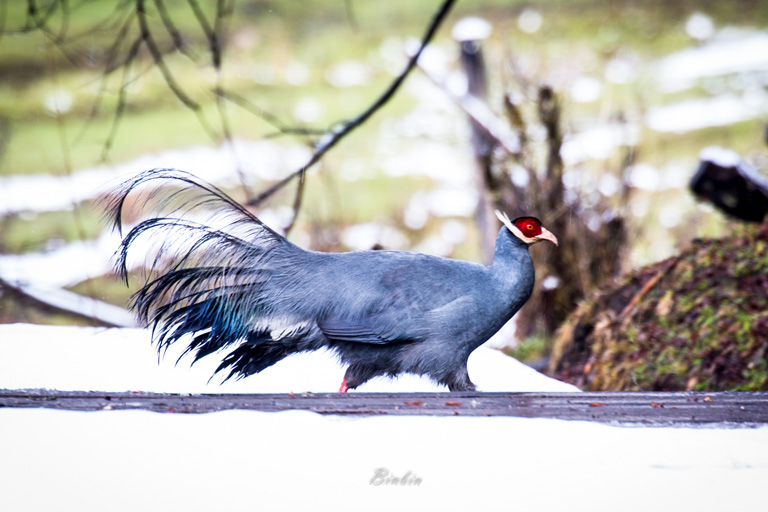- China invests millions of dollars to protect giant pandas, but scientists have been uncertain about whether this helps other species.
- New analysis of the ranges of pandas and birds, mammals, and amphibians found only in China’s forests shows major overlap.
- The finding supports the idea of pandas as an “umbrella species,” whose conservation also protects many other animals.
With its furry face and adorable antics, the giant panda (Ailuropoda melanoleuca) attracts an equally giant wave of financial support. Zoos pay the Chinese government up to $1 million each year to host pairs of pandas, and conservation groups pour millions of dollars into protecting the species.
Some see this effort to save the panda from extinction as a waste of precious money that could conservationists could use to help other species. But a study published recently in Conservation Biology suggests that shielding the giant panda’s habitat also benefits many other species found only in China.
“What the Chinese government has done, over the last decade or so, is to very deliberately increase the area it has set aside for nature reserves,” said Stuart Pimm, a conservation biologist at Duke University and coauthor of the paper. “I think we were very pleasantly surprised by how effective the conservation was.”

Pimm and his colleague Binbin Li, also at Duke University, examined maps published by the IUCN showing the rough distributions of endemic mammals, birds, and amphibians – species found only in China. Such maps can be misleading, Pimm said, because they don’t always account for limiting factors like elevation or actual availability of habitat. So he and Li trimmed the ranges of the species appropriately to create updated maps. Then they calculated how well China’s nature reserves covered the habitats of these endemic animals.
They found that the panda’s range overlapped with 70 percent of the forest bird species, 70 percent of the forest mammals, and 31 percent of the amphibians endemic to China’s mainland. Ninety-six percent of the panda’s range overlapped with the most species-rich areas for these groups.
This makes the panda an “umbrella species,” said Pimm: other species benefit from its protection.
“Conservation biologists have been talking about umbrella species for a very long time, but it’s usually been in an almost hypothetical way,” Pimm told Mongabay.

Jianguo Liu, a researcher at Michigan State University who was not involved in the work, says the new paper quantifies those benefits for the first time. “The study provides specific numbers that demonstrate a lot of other species also benefit from spending money on the panda,” he said.
“There’s still a long way to go to get enough support and funding [for conservation] from the public,” Li told Mongabay. Capitalizing on the public’s passion for pandas is one way to focus attention and money on conservation, she said.
The World Wildlife Fund estimates that fewer than 2,000 pandas remain in the wild. Logging and agriculture have reduced the giant panda’s once-expansive habitat to a small sprinkling of fragmented reserves, which China aims to expand.
Still, Li said, “we should actually expand our mission to more species than just a single species.”

Not every species shares enough habitat with the panda to depend on it for protection. Amphibians are especially at risk because they often inhabit very small areas that are less likely to overlap with the ranges of pandas. But some birds and mammals, such as the forest musk deer (Moschus berezovskii), are also underprotected by the panda umbrella.
The team also found that some species deemed non-threatened are actually more vulnerable than expected, such as the Omei horned toad (Megophrys omeimontis).
Li and Pimm made several recommendations for how China might address the species slipping through the cracks. For example, upgrading local nature reserves to national ones in areas with at-risk species could ensure better protection and more consistent funding for this land. And establishing protected corridors between existing nature reserves might help reconnect fragmented habitats.
The next step, Pimm said, will be to work with local conservation groups to translate these steps into on-the-ground action.

CITATION: Binbin V. Li and Stuart L. Pimm. China’s endemic vertebrates sheltering under the protective umbrella of the giant panda. Conservation Biology Sept. 16, 2015. [DOI:10.1111/cobi.12618]
Laurel Hamers is a graduate student in the Science Communication Program at the University of California, Santa Cruz. Other Mongabay stories produced by UCSC students can be found here













